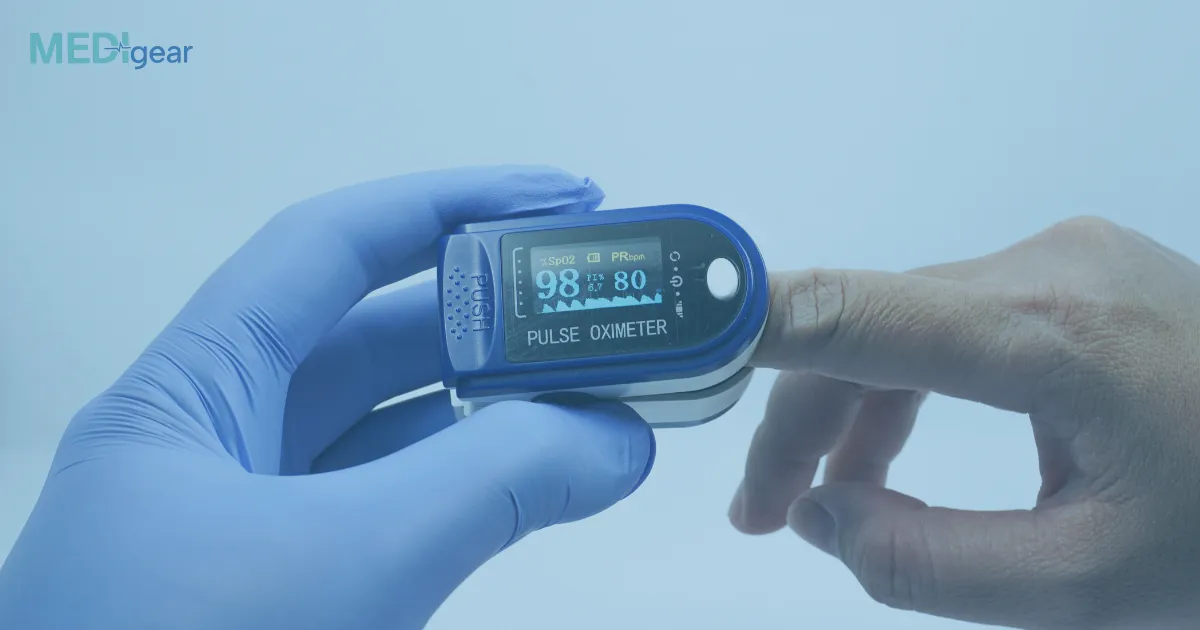Pulse oximeters have become essential tools in healthcare, providing a quick and noninvasive way to measure how much oxygen is circulating in the blood. These small devices are widely used in hospitals, clinics, and even at home to monitor respiratory and cardiovascular health.
What Is a Pulse Oximeter?
A pulse oximeter is a medical device that clips onto a finger, toe, or earlobe to measure blood oxygen saturation (SpO₂) and pulse rate. This information helps doctors and patients understand how effectively oxygen is being delivered throughout the body.
How It Works
Pulse oximeters use a principle called spectrophotometry, which involves light absorption. Here’s how it works step by step:
- Light Emission
The device emits two types of light—red and infrared—through a thin part of the body, usually the fingertip. - Absorption by Hemoglobin
- Oxygen-rich hemoglobin absorbs more infrared light and allows more red light to pass through.
- Oxygen-poor hemoglobin absorbs more red light and allows more infrared light to pass through.
- Sensor Detection
A sensor on the opposite side of the device detects how much light has passed through the blood. - Calculation
The device uses the ratio of red to infrared light absorption to estimate the percentage of hemoglobin carrying oxygen. This value is displayed as SpO₂, typically ranging from 95% to 100% in healthy individuals.
Why Pulse Oximetry Is Important
- Monitoring Chronic Conditions: Helps patients with COPD, asthma, or heart disease track oxygen levels.
- Detecting Hypoxemia: Alerts to dangerously low oxygen levels, which may need urgent care.
- During Surgery or Recovery: Used in hospitals to ensure safe oxygen levels under anesthesia or during treatment.
- At-Home Monitoring: Increasingly popular for monitoring respiratory infections or sleep-related breathing problems.
Limitations of Pulse Oximeters
While pulse oximeters are useful, they are not perfect. Factors such as poor circulation, nail polish, skin pigmentation, or movement can affect accuracy. They are a screening tool and should not replace professional medical evaluation.
Disclaimer: This blog post is for educational purposes only and should not be considered medical advice. Always consult a qualified healthcare professional for diagnosis and treatment of medical conditions.






